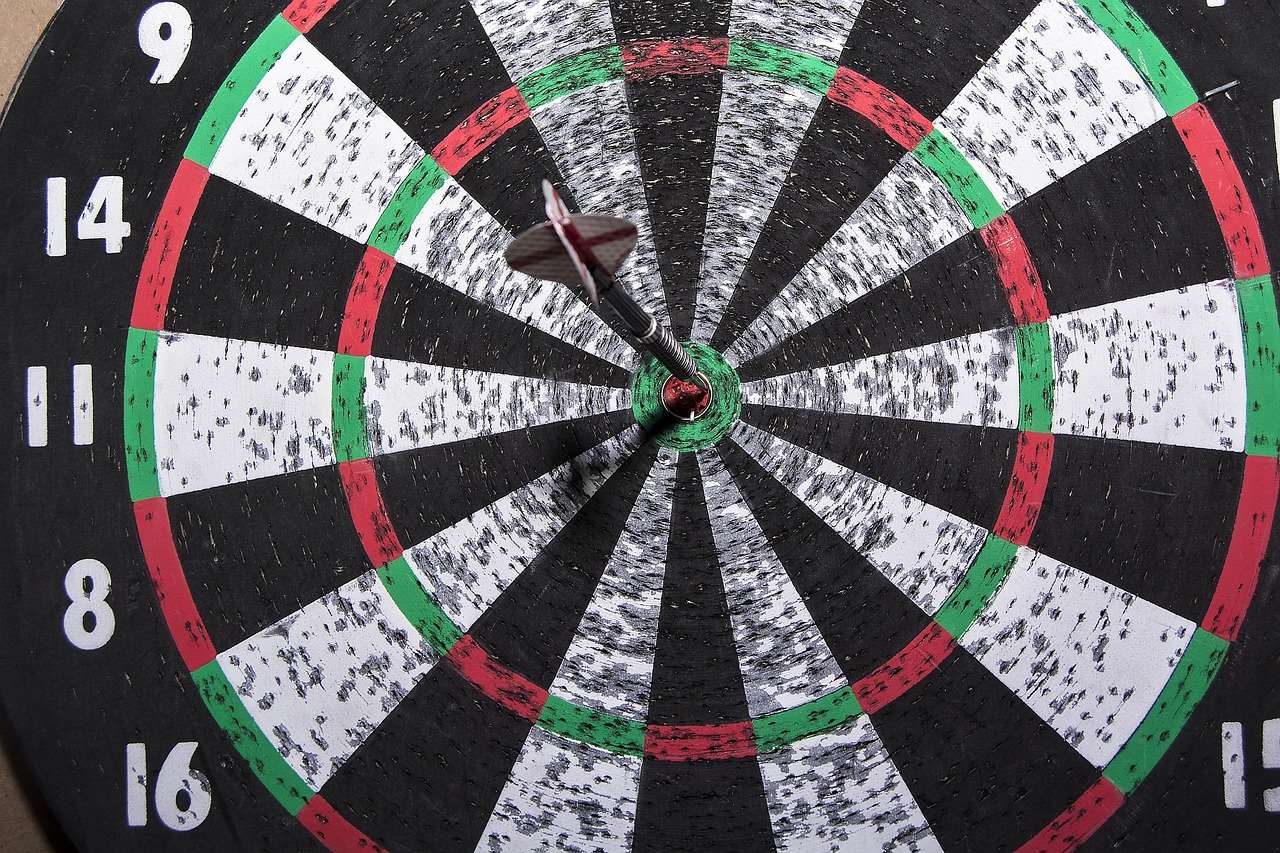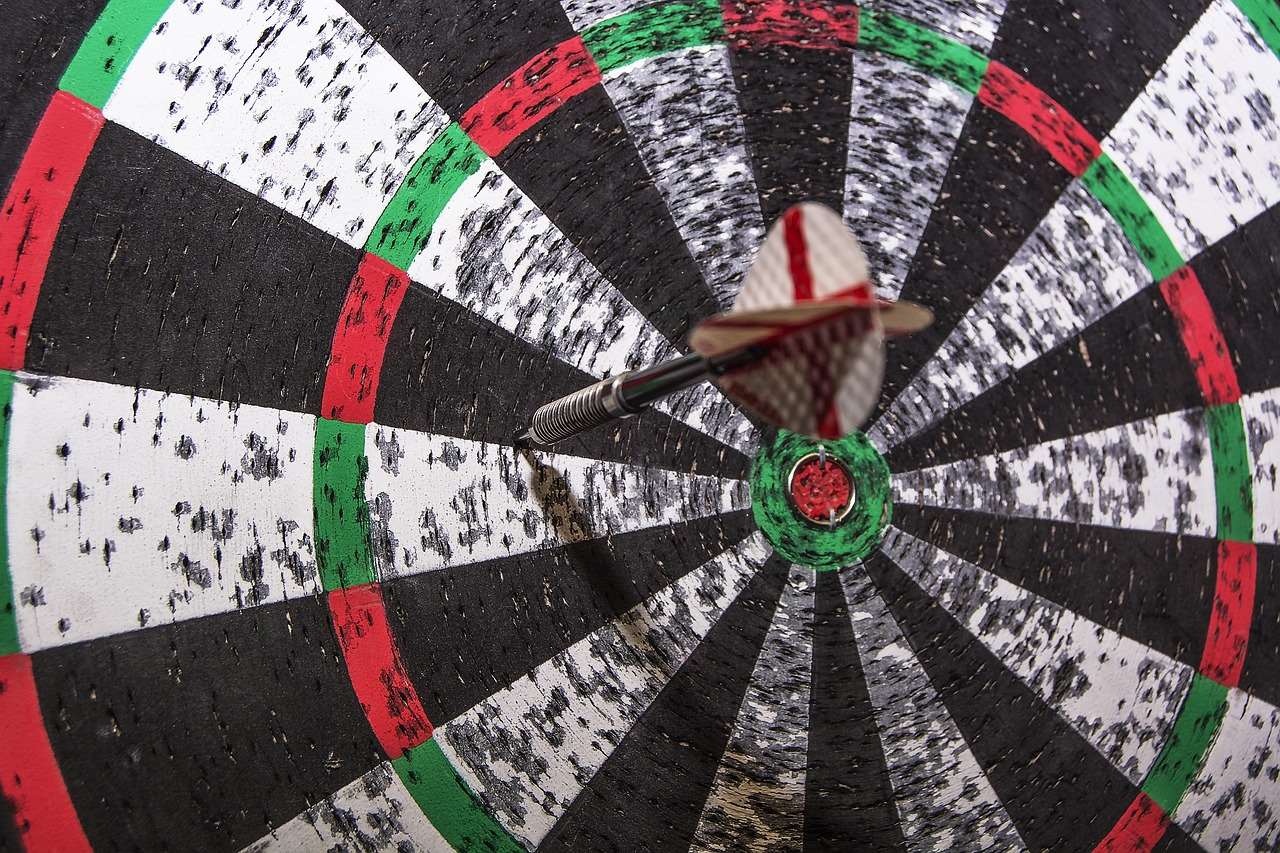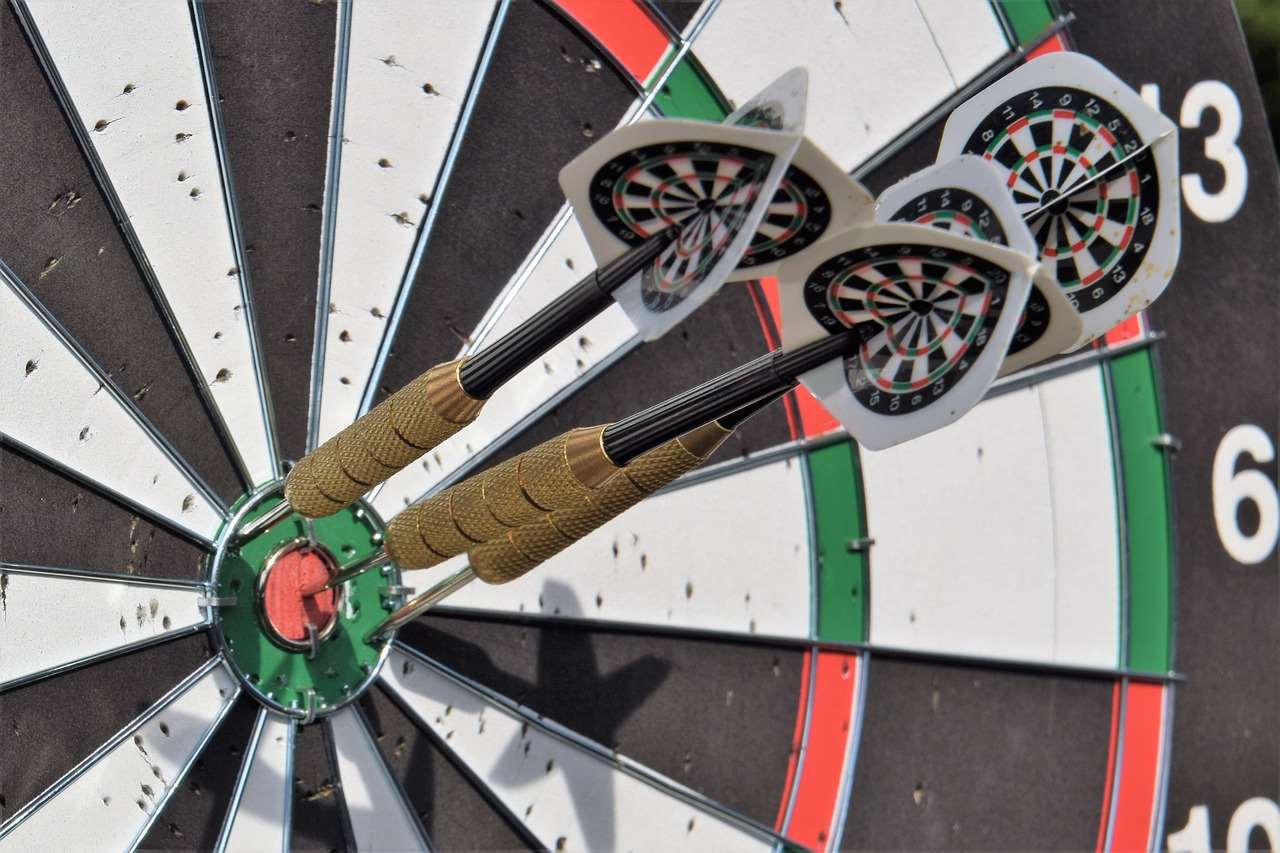The impact of flight thickness significantly influences dart trajectory and stability, directly affecting accuracy and consistency. This article will delve into the various flight thicknesses, their individual properties, and how they affect dart performance, helping you optimize your setup for peak performance. We’ll also explore how flight thickness interacts with other dart components and player technique.
⚠️ Still Using Pen & Paper (or a Chalkboard)?! ⚠️
Step into the future! The Dart Counter App handles all the scoring, suggests checkouts, and tracks your stats automatically. It's easier than you think!
Try the Smart Dart Counter App FREE!Ready for an upgrade? Click above!
Understanding The Impact Of Flight Thickness On Dart Trajectory
The thickness of your dart flights, though often overlooked, plays a crucial role in controlling the dart’s flight path. Thicker flights, generally, create more drag, while thinner flights offer less resistance.
Here’s a breakdown of how flight thickness affects your game:
- Thicker Flights: Offer more stability, especially for players with faster throws or less consistent release points. The increased drag helps correct minor errors.
- Thinner Flights: Provide a faster, more direct flight path, which can be beneficial for players with a smooth, controlled throw. They are less forgiving of mistakes.
Experimentation is key. What works for one player may not work for another. Understanding your own throw and the tendencies of your darts is essential to selecting the right flight thickness. You can Choose Best Dart Equipment to improve your play.

Flight Thickness and Dart Weight
The interplay between dart weight and flight thickness is significant. Heavier darts often benefit from thicker flights, and lighter darts may perform better with thinner flights. This is because a heavier dart has more momentum and needs more drag to control its flight path. Conversely, a lighter dart may lose speed too quickly with thick flights.
Consider the following:
- Heavier Dart + Thicker Flight: Greater stability and control, ideal for players who struggle with accuracy or have a powerful throw.
- Heavier Dart + Thinner Flight: Faster flight, but requires a more precise throw; not recommended for beginners.
- Lighter Dart + Thicker Flight: Increased drag can cause the dart to drop quickly, making it difficult to reach the target.
- Lighter Dart + Thinner Flight: Smoother, faster flight; suitable for players with a controlled, consistent throw.
Exploring Different Flight Materials and Their Thicknesses
Dart flights are commonly made from materials like polyester, nylon, and even plastic. The material contributes to the overall flight thickness and durability.
Common materials and their approximate thicknesses:
- Polyester: A versatile material offering a good balance of durability and flexibility. Thickness varies, but generally falls in the mid-range.
- Nylon: Known for its durability and resistance to tearing. Typically available in slightly thicker options than polyester.
- Plastic: Often used for beginner sets due to their low cost. Can be quite thin and fragile.

The Effect Of Flight Shape On Stability
While this article focuses on flight thickness, it’s impossible to ignore the impact of flight shape. Different shapes create varying levels of drag and stability. Larger surface areas tend to equate to more drag, which can, to some extent, compensate for thinner flight materials. Common shapes include:
- Standard: Offers the most surface area and therefore the most drag. Suitable for players seeking maximum stability.
- Slim: Reduced surface area for a faster flight. A good choice for players with a consistent throw.
- Teardrop: A compromise between standard and slim, offering a balance of stability and speed.
- Kite: Similar to teardrop but with a slightly different aerodynamic profile.
Combining flight shape with the right thickness is essential to refining your dart’s overall performance and improving your scoring. You can analyze the Buying Guide Budget Premium Dart Sets to help improve your game.
Fine-Tuning Your Throw: Adjusting Flight Thickness For Accuracy
The ultimate goal is to achieve consistent accuracy. Understanding how flight thickness impacts your throw is crucial for this. Consider these tips:
- Observe your Dart’s Trajectory: Does it wobble excessively? Does it nose-dive? These are clues about whether your flights are suitable.
- Experiment with different Thicknesses: Try a few different options to see what feels best and produces the most consistent results. Keep careful notes on your performance with each type.
- Consider your Grip and Stance: A more stable grip may allow you to use thinner flights, while an unsteady stance may benefit from thicker flights.
It’s a trial-and-error process, but with careful observation and adjustments, you can find the ideal flight thickness for your individual style.

Related Keywords: Optimizing Dart Setup and Flight Thickness
Here are some related keywords and concepts that will help you when choosing the right flight:
- Dart aerodynamics: Understanding how air flows around the dart.
- Dart stability: Keeping the dart on a straight path.
- Dart flight shape: How the shape affects trajectory.
- Dart weight distribution: Balancing the dart for optimal flight.
- Flight durability: Selecting materials that last.
Practical Tips for Choosing the Right Flight Thickness
Here’s a practical guide to help you select the best flight thickness:
- Start with a Standard Thickness: Begin with a medium-thickness flight and observe your dart’s behavior.
- If your Dart Wobbles: Try a thicker flight for more stability.
- If your Dart Dips Too Quickly: Try a thinner flight to reduce drag.
- Consider your Throwing Style: A powerful throw may require thicker flights.
- Don’t be Afraid to Experiment: The best way to find the right flight thickness is through trial and error.
Remember to consider flight damage too. Quality Comparison Budget Premium Darts is a good place to learn about the product quality.

Maintenance and Flight Longevity
Regardless of the flight thickness or material, proper maintenance is essential for longevity. Replace flights regularly as they become damaged or worn. Inspect them frequently for tears, bends, or other imperfections. Using flight protectors can also extend their lifespan. A damaged flight will dramatically alter the dart’s trajectory.
Conclusion: Mastering the Impact Of Flight Thickness
Understanding the impact of flight thickness is a key element in optimizing your dart game. By considering the factors discussed – your throwing style, dart weight, flight material, and shape – you can make informed decisions to improve your accuracy and consistency. Remember to experiment and fine-tune your setup until you find what works best for you. So grab some different flights and hit the board – your perfect setup awaits! Don’t forget to explore our other articles to further enhance your dart knowledge and elevate your game. Consider exploring the differences between Budget vs Premium Darts Compared to gain a more comprehensive understanding.

Hi, I’m Dieter, and I created Dartcounter (Dartcounterapp.com). My motivation wasn’t being a darts expert – quite the opposite! When I first started playing, I loved the game but found keeping accurate scores and tracking stats difficult and distracting.
I figured I couldn’t be the only one struggling with this. So, I decided to build a solution: an easy-to-use application that everyone, no matter their experience level, could use to manage scoring effortlessly.
My goal for Dartcounter was simple: let the app handle the numbers – the scoring, the averages, the stats, even checkout suggestions – so players could focus purely on their throw and enjoying the game. It began as a way to solve my own beginner’s problem, and I’m thrilled it has grown into a helpful tool for the wider darts community.